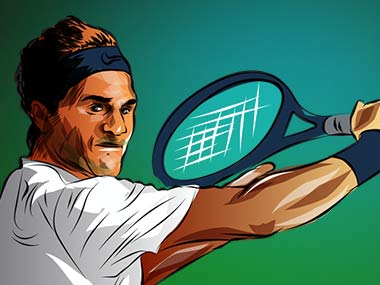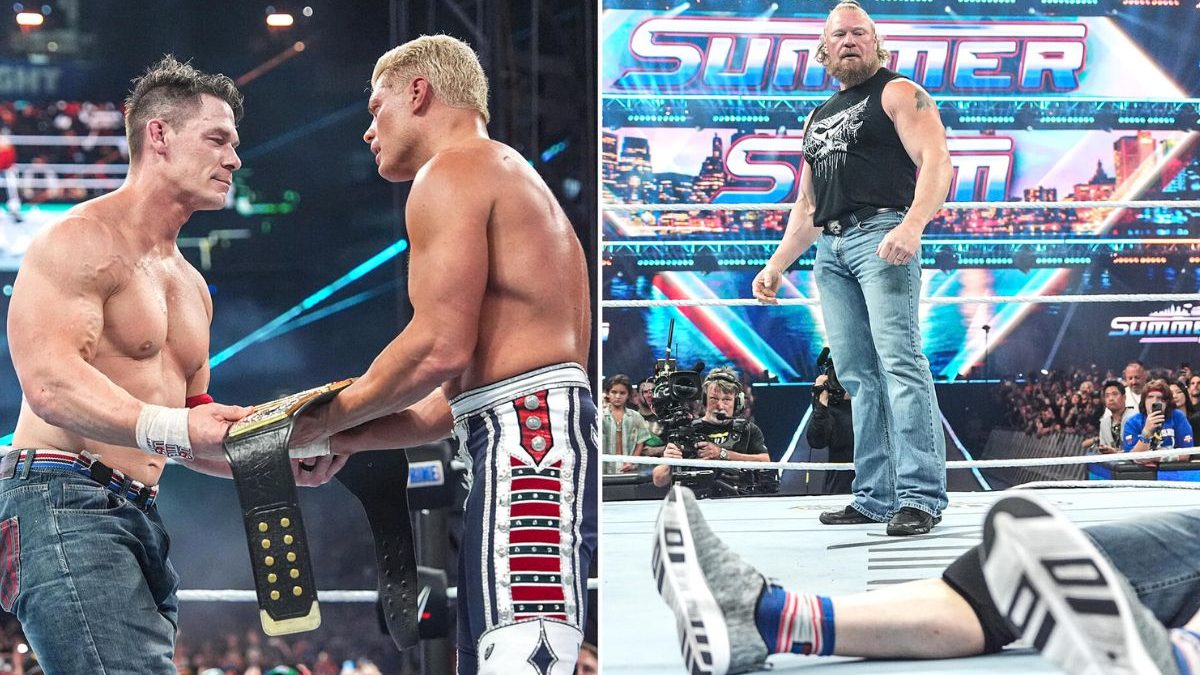This year marks the
tenth anniversary of the epic 2008 Wimbledon final between Rafael Nadal and Roger Federer, dubbed as the greatest match in tennis history. For Federer fans, the lasting memory was the Swiss master hauntingly looking into darkness, with a silver plate in his hands, rather than the gleaming Wimbledon trophy, which he had owned the past five years. Nadal had conquered the longest-standing bastion of Federer’s empire; for many it was the end of an era. Ten years since, Federer will once again start Wimbledon as the overwhelming favourite. That defeat ten years ago is now wrapped in the golden light of nostalgia and Federer has long come to terms with the fact that he won’t win every battle he enters. After a few years in Grand Slam-less wilderness, he launched an incredible comeback last year. The Swiss defeated Nadal in a five-set thriller in the final of the Australian Open and then claimed his record-breaking eighth Wimbledon title. One more and he will equal Martina Navratilova’s record of the most number of singles titles at Wimbledon. In 2017, five years after his last Wimbledon triumph, Federer had cruised to victory without dropping a set. It took him past former greats Pete Sampras and William Renshaw (amateur era), who had seven titles each. [caption id=“attachment_4638821” align=“alignnone” width=“825”] Roger Federer eyes his ninth Wimbledon title. Art by Rajan Gaikwad[/caption] Just like Nadal’s gritty and gruelling game is made for the beaten red earth of Roland Garros, Federer’s serenity suits Wimbledon. Centre Court is his Sistine Chapel — a place that showcases his flights of artistry like no other. Federer’s first brush with greatness had come at Wimbledon’s perfectly-cut grass. As a ponytailed teenager with oodles of talent, he went up against the best player of the generation — Pete Sampras — in the fourth round in 2001. The American was the resident expert at Wimbledon; Federer yet another pretender. In an exhibition of class and cunning, of grass-court expertise and bravado by the two players, Federer emerged 7-6, 5-7, 6-4, 6-7, 7-5 winner. Two years later, Federer finally delivered on that promise, defeating big Australian Mark Philippoussis in the final to win his first Wimbledon, and Grand Slam title. Possibly, he needed to slip in that last piece in the puzzle to make sense of the big picture. No male player has launched into a more dominant run after the first Slam. He won 11 of the next 17 majors, and won better than most. In 2007, Federer became the first player since Bjorn Borg to win five titles in a row at Wimbledon. With his Grand Slam count rising to 20 after winning this year’s Australian Open, the Swiss also holds the rare record of winning five or more titles at three different Grand Slams — he has six in Melbourne and five at the US Open. Although Federer is fluent on most surfaces, he is most eloquent on grass. Even when Nadal overpowered his genius, and Novak Djokovic later brick-walled it, Federer would return to Wimbledon with renewed hope. It was his comfort zone. While the game routinely turned into a battle of wills at most other majors, Wimbledon’s grass-courts still rewarded his skill. In 2012, with most people having written him off and at the wrong side of 30, Federer defeated the World No 1 Djokovic in the semi-finals and then home-favourite Andy Murray in the finals. In his lean years, a run that went on for four and a half years without a major, Federer kept hunting for glory at Wimbledon. His Australian Open victory in 2017, which came after of a six-month injury layoff was a pleasant surprise. But there was a practiced, and predictable, theme to his triumph at Wimbledon. Federer’s 2018 has also been immensely successful, if not on par with 2017. After winning the first Slam of the year he climbed back to World No 1, after a gap of six years in February. However, he lost in the finals of the Indian Wells Masters, to Juan Martin del Potro, and then slipped out of No 1 position with a surprise 3-6, 6-3, 7-6 defeat to Australia’s Thanasi Kokkinakis in the second round in Miami. “I deserve it (lose No 1 ranking) after this match,” said the 36-year-old tersely in Miami, where same time last year he was rejoicing on winning the ‘Sunshine Double’. Federer and old foe Nadal have split the first two Slams of the year and swapped the top-two places thrice this year. Like he had in 2017, Federer decided to skip the clay season and keep himself fresh on grass. On his return, he won the Stuttgart Open for the very first time. Despite a surprise defeat to Croatia’s Borna Coric in the Halle final, the Swiss has got the most match practice he would have hoped for going into Wimbledon. “He’s definitely the favourite,” McEnroe was quoted saying in the British Press. “He’s positioned himself beautifully and missed the French Open like last year to make sure he’s ready. It’s a risky strategy but he’s proved he can do it. Roger’s is the greatest tennis story in the last 40 years – he has won three of the last six majors after not winning any for almost five years, it’s amazing.” With his stirring comeback last year, Federer has removed age from the equation. The only integer relevant to him, and to tennis history, will be how many Grand Slams he finishes with. Number 21 is looming large at SW 19.
With his stirring comeback last year, Federer has removed age from the equation. The only integer relevant to him, and to tennis history, will be how many Grand Slams he finishes with.
Advertisement
End of Article


)

)
)
)
)
)
)
)
)



